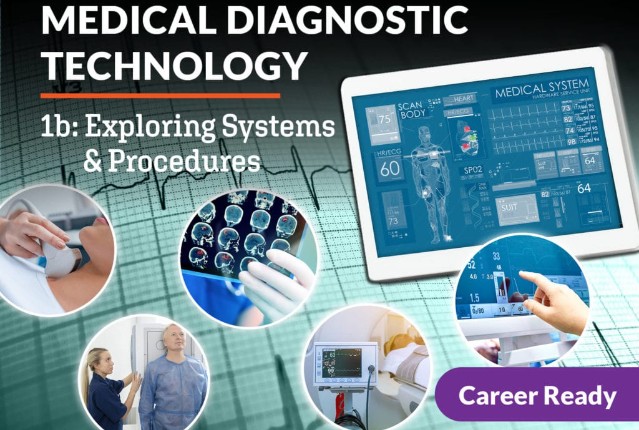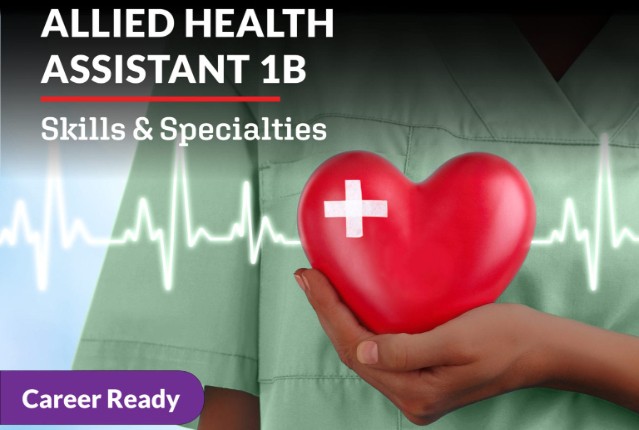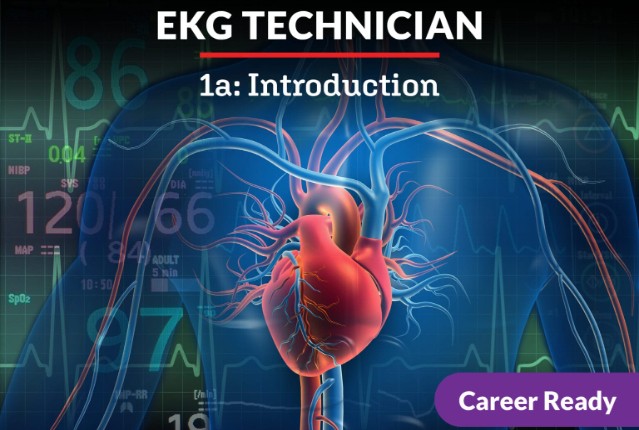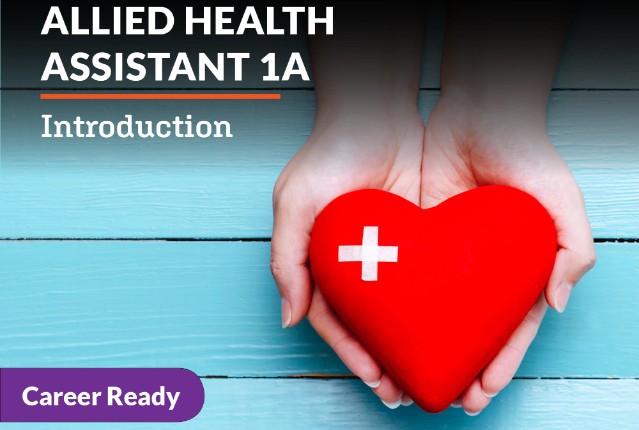As we know, there’s so much more to a heartbeat! Using cardiac monitoring tools like EKGs help us assess and diagnose cardiovascular conditions. As we delve into these tools, we’ll see how to set them up, care for patients during these tests, adjust for patient conditions, analyze the results, and troubleshoot if something isn’t working correctly. We’ll also cover the signs and symptoms of emergencies during these tests and how to respond to them. With this knowledge, we’ll help keep the heart beating like a drum!
What will you learn in this unit?
- Explain how the heart’s electrical conduction pathway corresponds to the waveform produced on an electrocardiogram
- Identify how to set up for an electrocardiogram, including electrode placement, infection control measures, maintenance of equipment, and troubleshooting
- Describe the types of tests that use electrocardiograms
- Analyze ways to adapt to changes in patient conditions in relation to the performance and interpretation of an electrocardiogram
- Differentiate between normal rhythms and arrhythmias as well as respond appropriately to life-threatening arrhythmias





